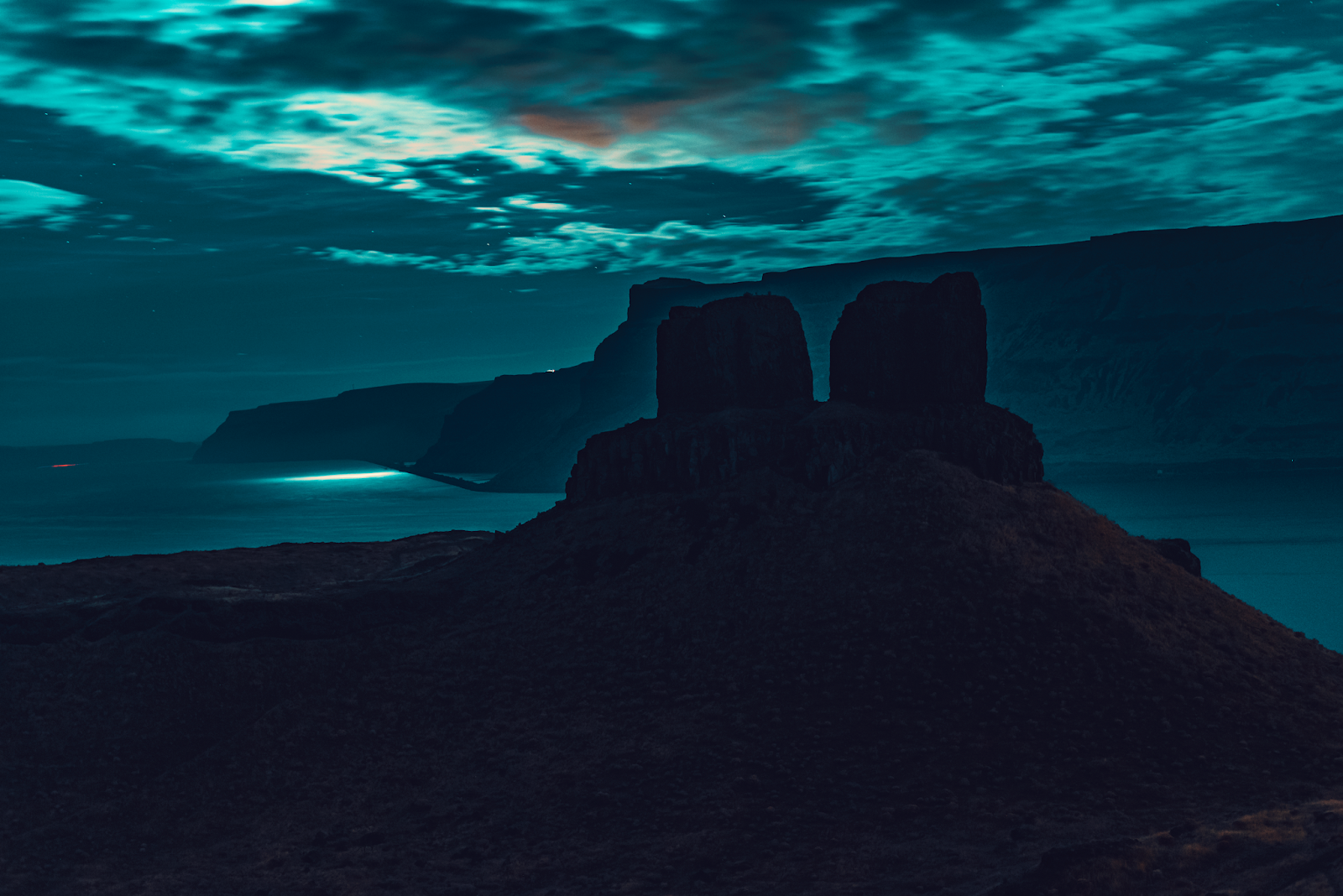The Photograph as Contemporary Art: Chapter 3 Response
Chapter 3, 'Deadpan', explores a photographic aesthetic which is significantly less dramatic and much more literal than the photography present in the previous chapters. Deadpan, as a style of photography, is more concerned with the subject itself rather than a photographer's subjective vision of said subject. The majority of these photographs are printed very large in order to highlight the clarity of the images and make an impact on the viewer.
One deadpan photographer that stood out to me in this chapter was Dan Holdsworth, who specializes in photographing "liminal spaces", or areas that exist in a limbo between the ambiguous and familiarity. Holdworth accomplishes this by setting up his camera for long exposures at night so that he can capture the lights of cars and streetlights as a luminescent landscape. His photograph Untitled (A machine for living) in particular captures something that could not be seen by a human, but still incorporates enough familiarity to evoke a sense of the in-between in the viewer.
Holdsworth's photograph piqued my interest because it has a dreamy quality that I strive for in my own work. It also plays with artificial light, which I love to do. Finally, long exposures at night are something that I have wanted to try for a long time. Overall, deadpan photography has given me a different perspective of what photography can be. This attitude of taking it for what it is while still being a conduit for internal dialogue seems like a difficult balance to find. However, when it works, it can be simple and powerful.
One deadpan photographer that stood out to me in this chapter was Dan Holdsworth, who specializes in photographing "liminal spaces", or areas that exist in a limbo between the ambiguous and familiarity. Holdworth accomplishes this by setting up his camera for long exposures at night so that he can capture the lights of cars and streetlights as a luminescent landscape. His photograph Untitled (A machine for living) in particular captures something that could not be seen by a human, but still incorporates enough familiarity to evoke a sense of the in-between in the viewer.
Holdsworth's photograph piqued my interest because it has a dreamy quality that I strive for in my own work. It also plays with artificial light, which I love to do. Finally, long exposures at night are something that I have wanted to try for a long time. Overall, deadpan photography has given me a different perspective of what photography can be. This attitude of taking it for what it is while still being a conduit for internal dialogue seems like a difficult balance to find. However, when it works, it can be simple and powerful.

Comments
Post a Comment